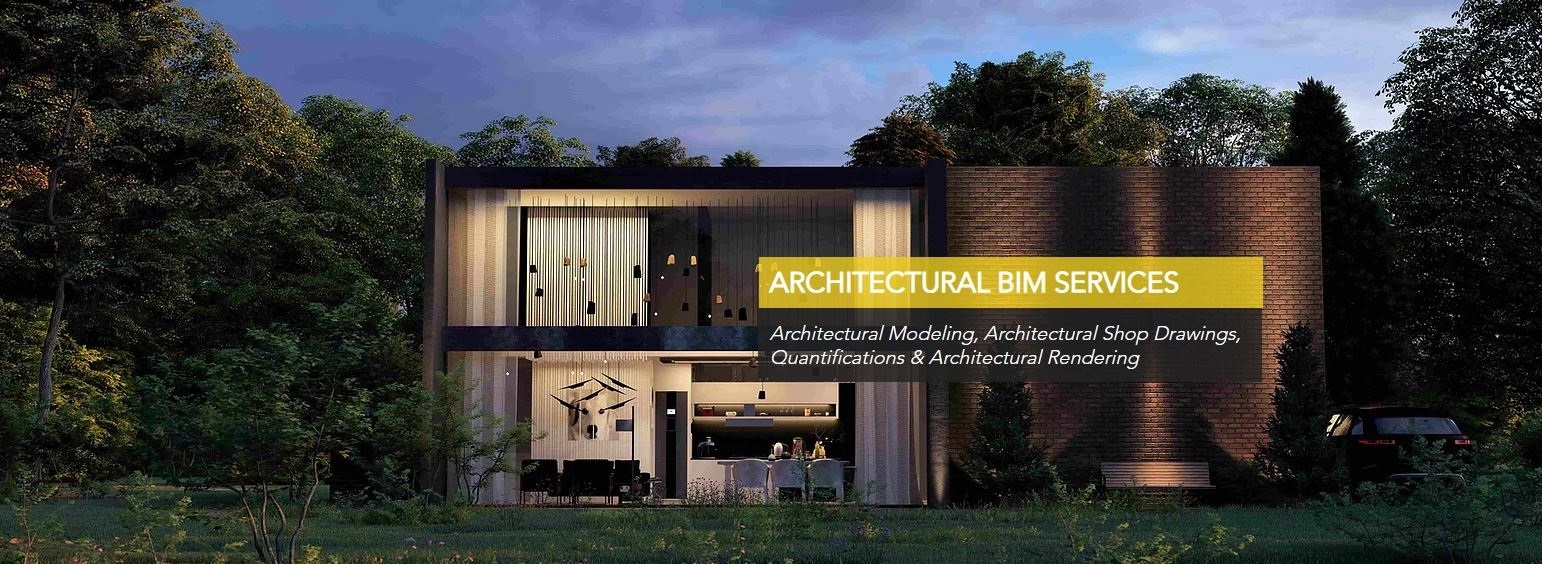Over the past decade, the reports of the architectural industry have articulated the nature of complications in the form of design errors, conflicts in design implementations, etc. leading to poor project performance and innovation in the sector. The primary reason has been speculated to be the entity-based 2D design systems. These frameworks failed to facilitate design flexibility, visualization, and integration.
However, these challenges are now being addressed in Building Information Modelling (BIM) platforms.
Of late, BIM has been the talk of the town. It is a 3D model process that provides architects with tools that help in planning, designing, managing and testing building structures.
There is no iota of doubt that BIM is the most potent & useful platform for architecture personnel in the coming decade. But one should also note that it is a complex multi phase process. However, despite the tenacious requirements in developing a BIM model, architects are increasingly opting for BIM over any other platforms due to the numerous benefits offered by it.
As per the professionals offering structural BIM services USA, the significant advantages of this process include:
-
- Improved simulation and visualization tool :-
Simulation software allows the architects to visualize a wide range of effects, including the sunlight during different seasons. Additionally, the tool can assess and model the building structure for greater efficiency. The visualization tools, on the other hand, enable the designers to view the building in 4D & 5D. That is, the time required to complete each element and the cost required at each stage. - Enhanced communication :-
BIM consultants, lets you store and share all the details in a form of a single truth point. This allows all of the architects on the team to view the updated design, record their changes and eliminate confusion. This is done via digital workflow and is delivered to the cloud. If at any point of time a variable is modified, the changes are automatically imported to the relative factors. - Reduced rework :-
Utilizing a shared model results in the reduced rework. This is because different disciplines can connect and provide feedback on the ongoing project and make the required changes in the initial stages. Also, the BIM drawing tools are quite faster than that of 2D tools. In addition, it has an extensive database which offers the size and number of windows for quantity takeoffs. - Detailed information :-
BIM offers easily accessible rich & detailed information. It displays the complicated details for each stage of the design, including product quantity. Also, the fly-through help the architects to visualize the building structure in a detailed manner than ever before. BIM also showcases how the building would operate as a residential or retail or commercial space.
- Improved simulation and visualization tool :-
In the upcoming years, BIM is likely to become more widespread and may bring out amazing collaborations with Virtual Reality (VR) to enable the designers to interact and visualize their work like never before!
Employ Building Information Modeling, enable your architects to think outside the box and hone their creativity or skills. However, if you need any help in developing a BIM process for your organization, consider taking help from companies offering architectural BIM modeling services.







Recent Comments